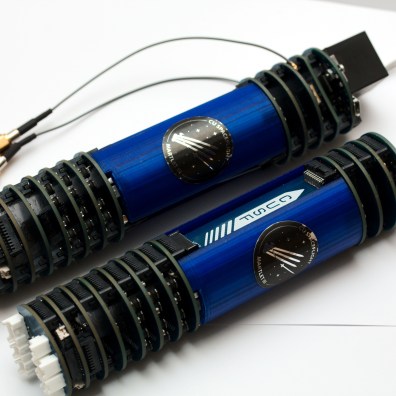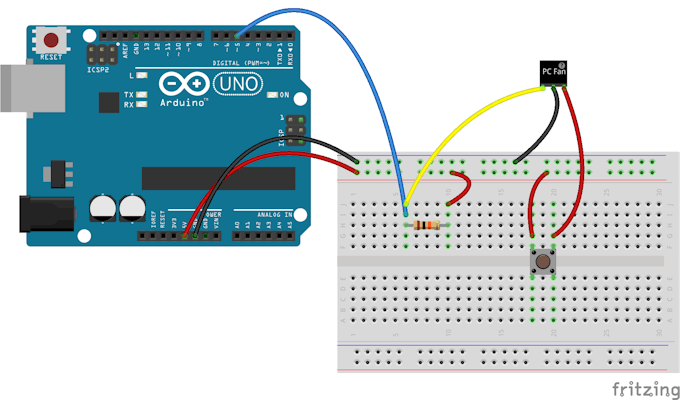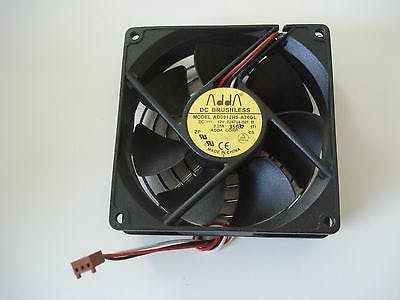This post is not exactly about embedded systems.
Although it’s more about making. Making as a hobby and a global trend.
My passion for making started with me so early. But I didn’t find a way to monetize this passion until only recently.
Making for me means the ability to think about something and trying to bring it from idea to a real thing in the real world.
It may be an electronic circuit, software program, a piece of art or even a wind turbine.
In this case I’ll show how I managed to make my ideas real. And that’s the best part of it.
You may feel like daydreaming about making something and it just cannot get out of you mind. You don’t feel satisfied until you actually make that thing.
This is exactly what happened with me when I’ve been dreaming of building a wind turbine.
I didn’t think of making something big or living off the grid. I couldn’t imagine myself building a 5kw wind turbine that can run some of my household appliance.
Only I wanted to make a small wind turbine that could light an LED or recharge my cellphone.
Just when I saw it on instructables.com and found all those people successfully building their own systems what gave me enough encouragement and motivation to do it.
It only turned into reality when I first built my first one. It works. It could light that small LED.
I found myself obsessed with that source of power and couldn’t help except reading about it. And I just had a new passion.
You know when you succeed in something and you want to get more out of it. That’s what happened when my first wind turbine worked with me. I then wanted to make more and more.
I found some documentation online. I got myself some material from Amazon and used a lot of scrap parts.
I recycled many things to make my wind turbines to come. The experience was so encouraging. As I made more small wind turbines I learned something new form each one.
I thought that it is what kids and students would need to begin thinking of designing their own systems.
If you are like me, you may not want to live off the grid or make your own Megawatt wind turbine but sure you want to use this breeze of air to make some power out of it.
It all worked well for me and I made my own wind power phone charger.
Today, I’m sharing with you what I made and put it all in one book.
Backyard Wind Turbines: Harness Wind Power with Simple and Fun Projects
It’s available on Amazon and it has made a huge success from the first day of its launch.
I hope you like it.
Thank you for reading.






![Embedded Systems, Electronics: My Projects Collection From Instructables by [Ebeed, Ahmed]](https://images-na.ssl-images-amazon.com/images/I/51TB2XHdvSL.jpg)
![PC Fan Wind Turbine: How to turn an old PC Fan into a small wind turbine the easy way by [Ebeed, Ahmed]](https://images-na.ssl-images-amazon.com/images/I/51cjinFtMYL.jpg)


























